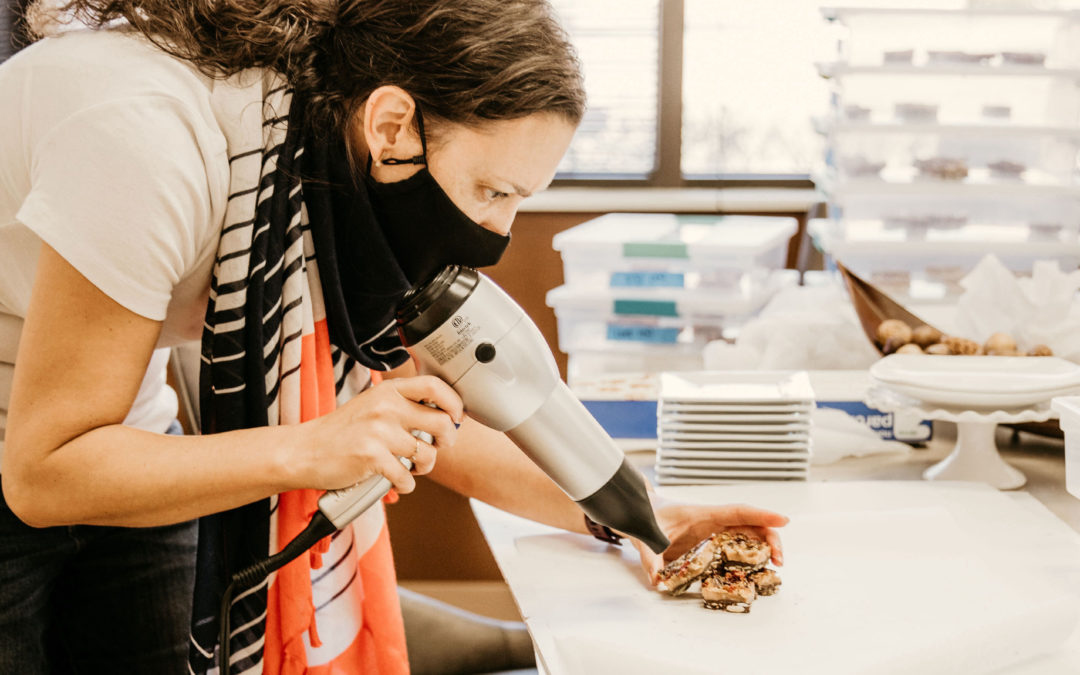Three days, after hearing a piece of information, people will likely only remember 10% of that information. However, if you include a relevant photo with the information, that percentage jumps to 65%.
There is no denying the value of adding well-done photos to your content and marketing materials. But taking a truly great photo is not an easy feat. Fear not!
In this post, we’ll go over tips for better food photography. And whether you’re posting on your personal Instagram account or selling professional photos, you’ll be one step closer to being able to take your dream photos.
Keep reading to learn more!
1. Lighting Is Key
Lighting can make or break a photo. Avoid using flash photography or artificial lighting where possible. Natural light in photos is ideal because it’s softer and causes fewer shadows in the image.
If you’re in direct sunlight or if harsh lighting is unavoidable, you may need to use a diffuser to alter the light and make it softer for the photos. You should also adjust your camera’s exposure settings as necessary, depending on the light you’re working with.
Both having too much and not enough light can cause you to lose detail and depth in your photo. You can use blocking if you need to have different lighting in different parts of the image to highlight your main subject.
Blocking is when you use white cards to bounce the light onto the main subject to highlight it while also using black cards to block light for the rest of the areas in the photo.
2. It’s All About Styling and Props
For professional photographers, you will likely be working with these foods for longer periods of time. You might have to make some interesting substitutions for your food to deal with this.
For example, if you’re working with a burger over several hours, you can’t have the bun getting soggy. Some photographers work around this by using a cold piece of cheese and then melting only the corners that show. This results in that classic cheeseburger look without a soggy, gross bun.
This can also include doing things like blowdrying your chocolate to get it to that just melted, but not messy, look. Take the opportunity to get creative!
The props around the food are equally important for creating the story that you want the photo to tell. You can use props to demonstrate different things:
- The cultural origins of the dish
- How it is made
- The season it is associated with
You can add in all kinds of props to support the story you’re telling, but don’t let them overwhelm or overshadow your main subject.
To keep your subject the main focus, use props to create lines that direct the viewer’s eye right to the main subject.

3. Use Your Angles
There are endless different angles you can use when photographing food. But there are certain things to consider to determine the best angle.
One of the considerations is how tall your subject is. Tall items usually require a 45-degree angle or less because you don’t want to limit what you can see of the subject. On the other hand, flat items need higher angles, so they don’t appear overly flat.
However, there is no definite rule for this. Experiment with what looks right to you and what best tells the story you’re trying to tell.
4. Experiment With Focus
Focus is another area where you can experiment quite a bit, but the focus should always be on the main subject. This is because your eyes will naturally go to what is in focus in the photo first.
If you’re shooting from a lower angle and trying to create layers, you will benefit from a shallow depth of field so that the props and food in the background aren’t too distracting.
5. Be Patient and Take Your Time
The most important tip for a food photographer is to be patient. There is so much experimentation and minor changes necessary to get the end result you’re looking for; take your time.
Remember, while you may be working, this is an opportunity to also have fun and be creative! And like anything, it takes practice.
Start Improving Your Food Photography
Put these tips to use and watch your food photography transform before your eyes. But if you’re not confident yet, it’s ok to hire a professional.
Leave it to us! Check out our photography services today.

